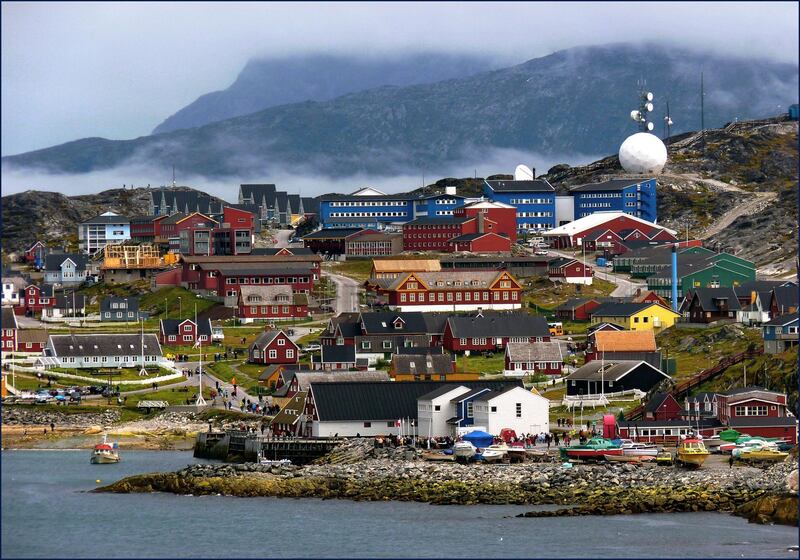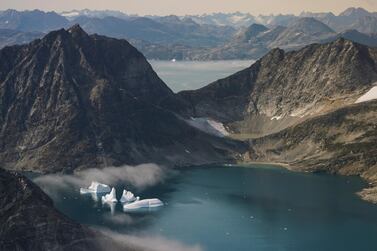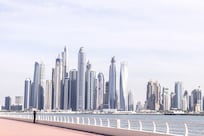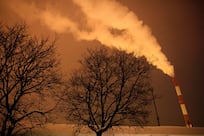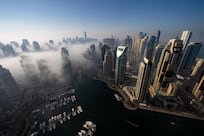After US President Donald Trump let slip to the world that he wanted to buy Greenland, it didn't take long for the Danish-owned country to put him straight: Greenland is not for sale.
The official account of the Ministry of Foreign Affairs in Greenland took to Twitter to tell Trump that the country was open for business, but not for sale.
A handful of emojis, including a whale, a snowflake and a mountain, were used seemingly to emphasise the Arctic nation's rich natural ecosystem.
#Greenland is rich in valuable resources such as minerals, the purest water and ice, fish stocks, seafood, renewable energy and is a new frontier for adventure tourism. We're open for business, not for sale❄️🗻🐳🦐🇬🇱 learn more about Greenland on: https://t.co/WulOi3beIC
— Greenland MFA 🇬🇱 (@GreenlandMFA) August 16, 2019
While Trump's plan has been ridiculed — Danish politicians even called it a belated April Fool's joke, it's not hard to see why the US President and former real estate developer could be keen on acquiring the world's largest island.
Governed by Denmark, but operating under autonomous rule, Greenland is known for its epic glaciers, polar bears, humpback whales and sprawling wilderness. In 2017, the country welcomed over 80,000 tourists according to statistics from Visit Greenland, and those numbers are predicted to rise further.
Trump has also previously shown interest in the country thanks to its rich natural resources and strategically important location between the Arctic Ocean and the North Atlantic Ocean.
Greenland's firm stance that the country is not for sale comes as no surprise. Named by Lonely Planet as one of the world's top ten places to visit, the snow covered country combines raw nature with magnificent landscapes and a culture that's well worth holding on to.
Here are five other reasons why it shouldn't be listed for sale.
1. It's the adventure hub of the Arctic Circle
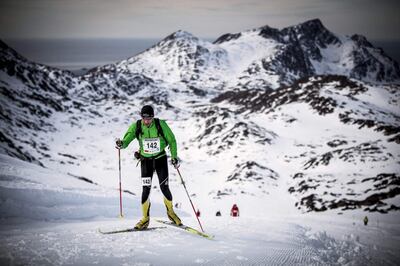
It might be one of the coldest places on earth, but Greenland’s Arctic Circle region has built itself a reputation as an adventure travel hub.
The country’s most famous trekking route is the Arctic Circle Trail, which winds between Kangerlussuaq and Sisimiut and attracts around 1,000 determined trekkers every year.
The region is also home to the world’s toughest ski race, with competitors covering 160-kilomteres of the world’s most unforgiving terrain in the Arctic Circle Race.
Other adventure pursuits on offer include fly-fishing, dogsledding and snowmobiling across this ice-filled terrain.
2. Its rich indigenous history
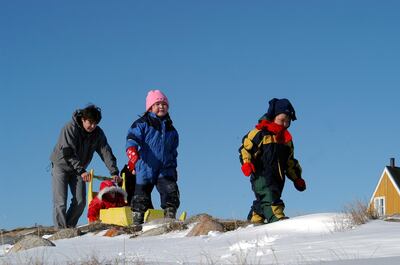
In the tiny capital of Nuuk, the National Museum of Greenland gives travellers a glimpse into the country’s 4,500 year-history, and across the country, Inuit people are welcoming and keen to share more about their culture with curious tourists.
For those that want to truly immerse themselves in ancient Inuit culture, the secrets can be found on the west coast. Not far from the town of Ilulissat, is an ancient settlement containing some of the world’s best-preserved remnants of indigenous Greenlandic culture. The ancient village is abandoned, but you can still see artefacts from the inhabitants who lived here more than 2,000 years ago.
3. It has its own Grand Canyon
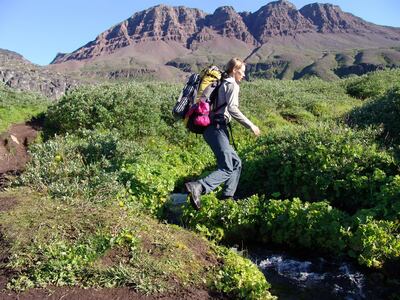
The world’s largest island has its own largest island that’s magnificently located in the heart of an iceberg bay. Disko Island is characterised by a volcanic landscape, making it entirely different to the rest of the country. Black beaches line the coast and mammoth flat-top red mountains are affectionately referred to as Greenland’s Grand Canyon.
The canyon towers high above Disko’s only town, Qeqertarsuaq, which literally means the big island. Unlike the Grand Canyon in Trump-governed Arizona, Greenland remains free of crowds and ever-encroaching construction, and there is not a piece of dropped litter in sight.
4. It is home to one of the planet's most-determined forests
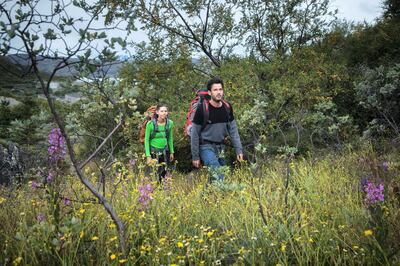
Greenland has the lowest biodiversity levels in the world but deep in the south, on an island called Nanortalik, the country’s only natural forest thrives.
In a departure from the white and blue palette of glaciers, snow and ocean that Greenland is famous for, things are decidedly more green. Deep in the Qinnqua Valley trees grow several meters tall and over 300 species of plants thrive — pretty amazing for a country where conditions are almost always too harsh for any kind of vegetation.
5. It is a rare slice of life that is truly off the grid
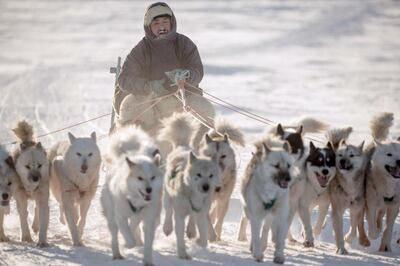
The tiny village of Niaqornat is perhaps one of the best examples in the world of remote island life in modern day times.
It is said that dogs outnumber humans in this tiny village that is home to less than 60 residents.
Completely reliant on traditions such as fishing, sealing and hunting, the residents of Niaqornat live off the land and completely off the grid.
Perhaps as far as off the beaten track you can get when it comes to cultural immersion, it would be a tragedy to lose this tiny Inuit village on the Nuussuaq peninsula.
